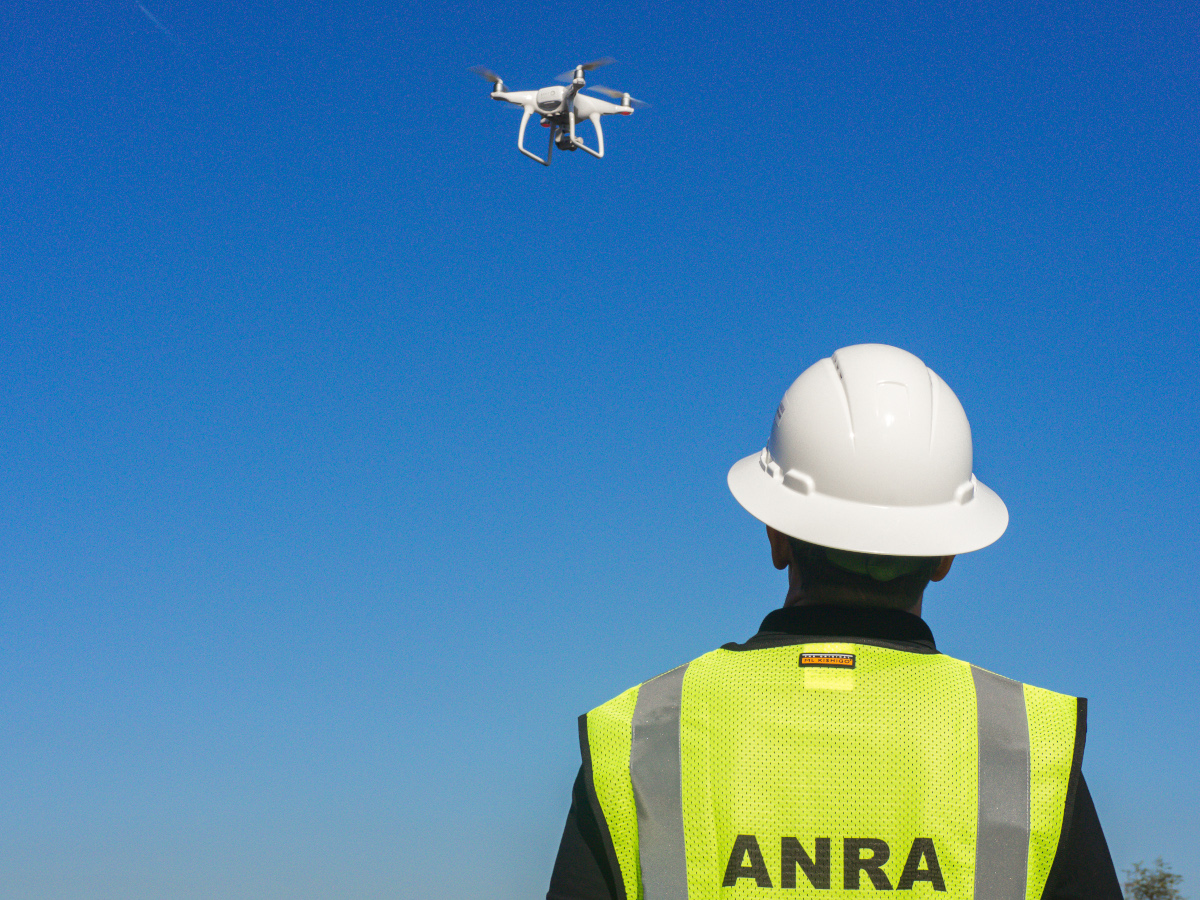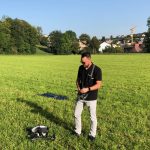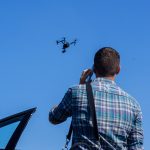ANRA Technologies Demonstrates Drone Remote ID Solutions using Proposed Standards in California and Switzerland
ANRA Technologies, along with other Industry Partners as well as regulators successfully demonstrated the versatility of ASTM standard WK65041 (Remote ID and Tracking) and ANRA’s critical role in helping advance drone enabling technologies. ANRA and its partners simulated three common scenarios on September 12th within controlled airspace for San Francisco International Airport and demonstrated the benefits of remote ID based on the proposed ASTM standard.
This event was followed by a similar demonstration in Bern, Switzerland on September 16th in collaboration with the Swiss U-Space Implementation (SUSI) team, Swiss Federal Office of Civil Aviation (FOCA), and Skyguide, the Swiss Air Navigation Service Provider.
In both demonstrations, as a Service Provider, ANRA’s system collected information about drones flying within a defined area that was subsequently aggregated by ANRA’s Display Provider service, and ultimately viewed on ANRA’s as well as other partners mobile and web Display Applications.
The demonstration in California featured participants from ANRA, Wing, AirMap, AiRXOS (part of GE Aviation), Kittyhawk, Skyward, Uber, UASidekick, CNN, and Flite Test and focused on network based remote identifications.
One of the scenarios in California included multiple drones flying in a small airspace conducting different activities. Another scenario allowed a third party to use ANRA’s mobile app to obtain information about a nearby drone operation. The final scenario demonstrated how ASTM remote ID standard is compatible with modeler and hobbyist activities, that even with no aircraft equipage, a modeler can fly in controlled airspace via Low Altitude Authorization and Notification Capability (LAANC) and be identified.
The demonstration in Switzerland featured participants from ANRA, AirMap, Involi, Orbitalize and Wing. This event also included engagement from Swiss federal and local law enforcement agencies. In addition to supporting network-based remote identification capabilities, ANRA also showcased broadcast-based remote identification which aligns with the European electronic identification mandate for drones using broadcast technologies. The event exhibited how emergency personnel can observe a drone on location but use a centralized operations center to identify the drone, while still sharing data only as necessary, and respecting privacy.
“The ASTM standard for network and broadcast remote ID is designed to support transparency, while protecting the data of drone operators and customers. ANRA is thrilled to have been able to help address the technology challenges to help gain public trust,” said Amit Ganjoo, CEO of ANRA Technologies.
The ASTM remote ID standard enables reliable remote ID of diverse UAS. It represents the consensus of 35 regulatory and industry organizations, and it can be implemented today. It is designed to support the needs of regulators across the world and support different types of aircraft and operators. The ASTM standard ensures interoperability between all participants for both network and broadcast methods. It is performance-based which promotes innovation, and it requires minimal investment in new infrastructure, as industry can provide the key aspects of the solution.











